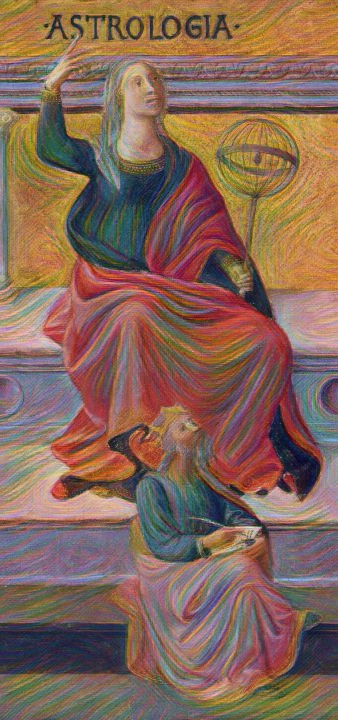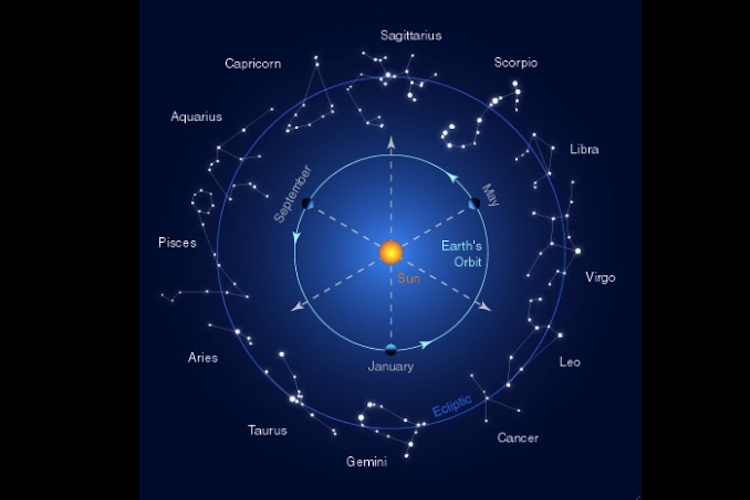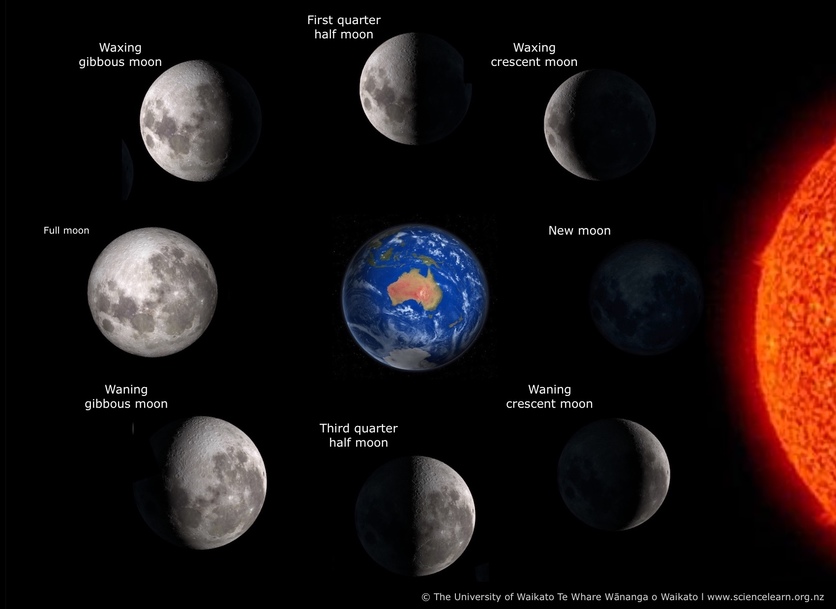Astronomy

Astronomy, being a refinement of the previously considered science of “Astrology” now demonstrates an entirely different aspect of our understanding. Throughout history, this science has been a weighty means of demonstration to the pious as well as a grievous torment to the curious.
If we seek to investigate Astronomy with a pure heart and an ample mind, then it fills us, as the ancients said, with great love for it. For what will it not signify, that we soar in spirit to the sky, that with penetration of mind we analyse that sublime structure, that we, in part at least, fathom with the keenness of our logical faculties what mighty space has enveloped in mystery! The world itself, according to the assumption of some, is said to have the shape of a sphere solely; “in order that in its circumference it may be able to encompass the different forms of things”.
Thus, Seneca, in agreement with the philosophers of ancient times, composed a work under the title, “The Shape of the Earth”. Astronomy, of which we now speak, teaches the laws of the stellar world. The stars can take their place or carry out their motion only in the manner established by the Creator, unless by the will of the Creator a miraculous change takes place. Thus we read that Joshua commanded the sun to stand still in Gibeon, that in the days of King Josiah the sun went backward ten degrees and that at the death of the Lord, the sun was darkened for three hours. Man has termed such occurrences ‘miracles’, because they contradict the usual course of things and therefore excite wonder.
That part of astronomy, which is built upon the investigation of natural phenomena in order to determine the course of the sun, of the moon, the stars and to effect a proper reckoning of time and an accurate location, should be further mediated upon.
Stellar Navigation
Knowledge about the apparent movement of the Sun, Moon and planets across the celestial sphere has always been important for navigation. Position and direction can be estimated by observing, for example, where the Sun is rising and setting according to the star compass.

The Sun’s path
Over the course of a year, the path of the Sun appears to move on the celestial sphere against the background of the fixed stars as the Earth orbits around the Sun, but the Sun appears to make a curving path that passes through 12 constellations (The zodiac) and the path it follows is called the ecliptic.
From March to September, the Sun’s path appears to be north of the celestial equator. From September to March, it appears to be south of the celestial equator and the Sun crosses the celestial equator at spring and autumn.
Because the position of the Sun in relation to the celestial equator changes over the year, so do its rising and setting points on the horizon. At the spring and autumn equinoxes, the Sun rises in the east to ‘open and enliven the day’ and sets due west.
Best observation of the Sun is made at sunrise and sunset. When the Sun is low on the horizon, its path is narrow and obvious, but as it rises, it gets wider. When it’s too high, a mariner can’t tell where it has risen from and had to use other clues for navigation, such as the shape and direction of waves.
Phases of the Moon
As the Moon orbits the Earth, its position changes on the celestial sphere just as the Sun’s does. The Moon appears to travel a path similar to the Sun’s through the zodiac constellations but takes only 29.5 days to complete. Its position varies up to 5° on either side of the ecliptic. The amount of light an observer sees (waxing and waning) reflecting from the Moon’s surface depends on where the Moon is in relationship to the Sun and to the observer:

- When the Moon is on the same side of the sky as the Sun – between you and the Sun – you see the unlit side of the Moon and it appears dark (new Moon).
- When the Moon moves away from the Sun, it gradually gains light (moving through the first quarter).
- When the moon is on the opposite side of the sky from the Sun and you are in between, the Moon appears fully lit by the Sun (full Moon).
- When the Moon moves closer to the Sun again, it begins to lose its apparent fullness (moving through the third quarter).
Navigating with the Moon
The Moon rises about 48 minutes later each night at a different position on the eastern horizon from where it rose the night before. Its rising point moves back and forth.
Determining the Moon’s rising and setting points along with the rising and setting points of the fixed stars allows the Moon to be used to give direction during the night. The line separating light and dark in the Moon points approximately north and south since the Moon is positioned east or west of the Sun as it arcs through the night sky.
The planets
The planets appear to move among the stars but at too fast a pace to be really useful in navigation. Also, they don’t follow consistent orbits, so they aren’t reliable for directional determination. However, they can be helpful in holding a direction because we know they rise broadly in the east and set broadly in the west and are easy to recognise. Venus (the ‘Bright Morning Star’) is particularly bright and recognisable.
![]()
